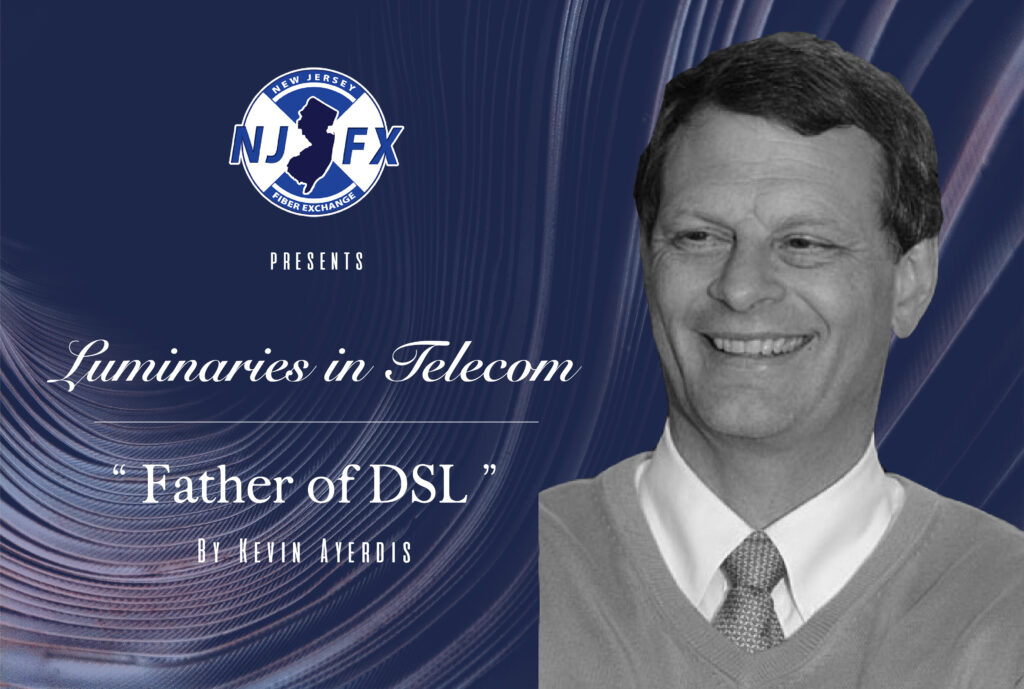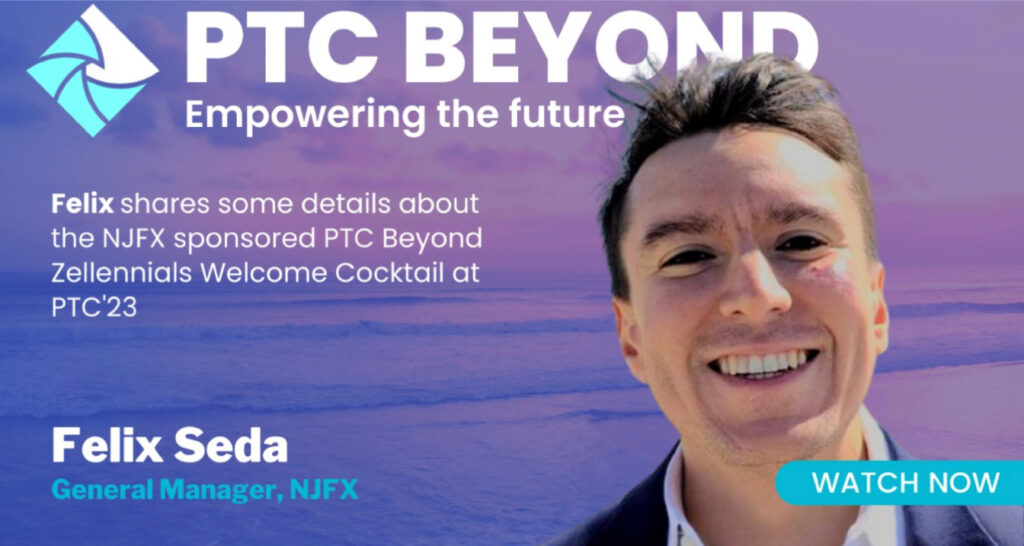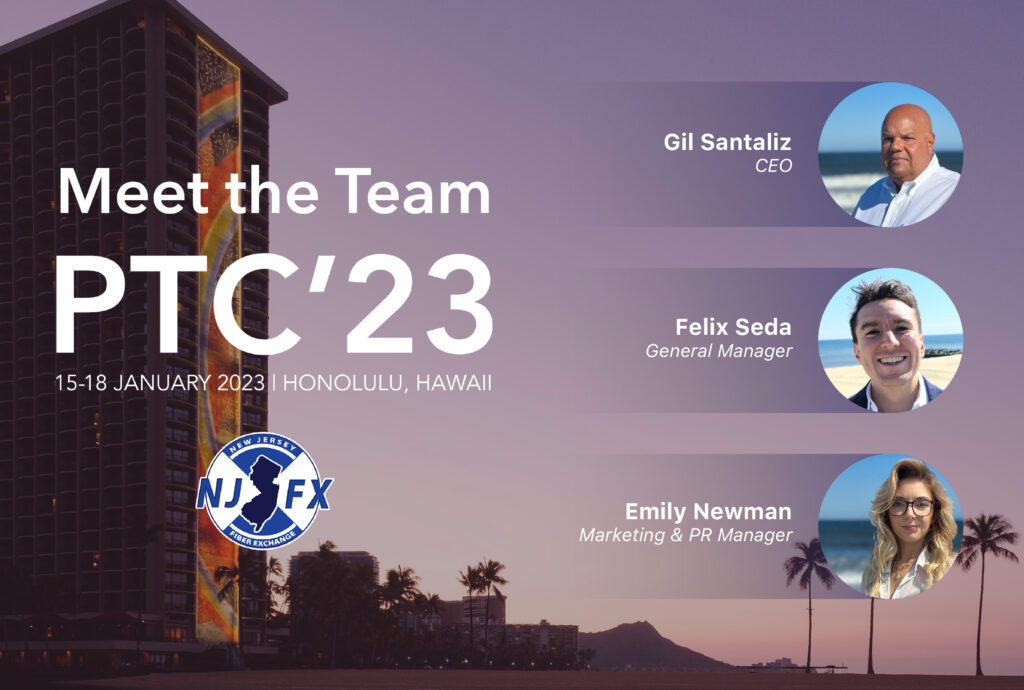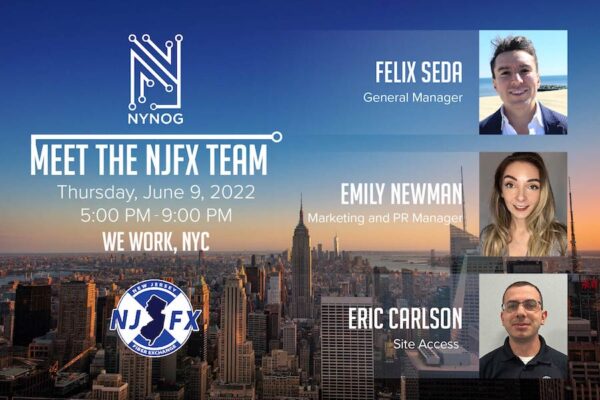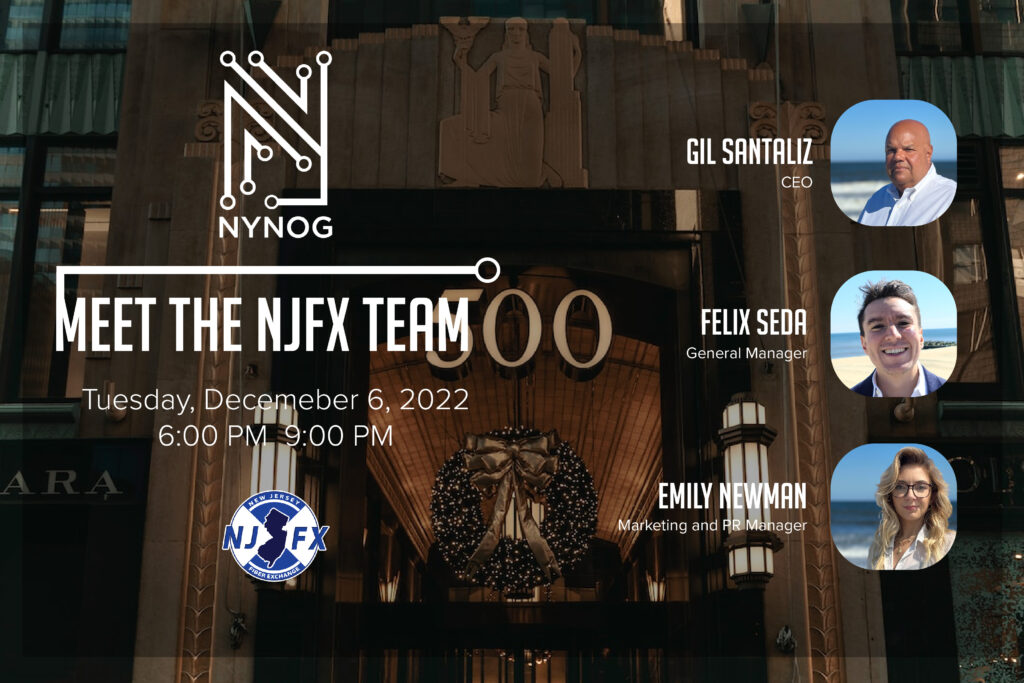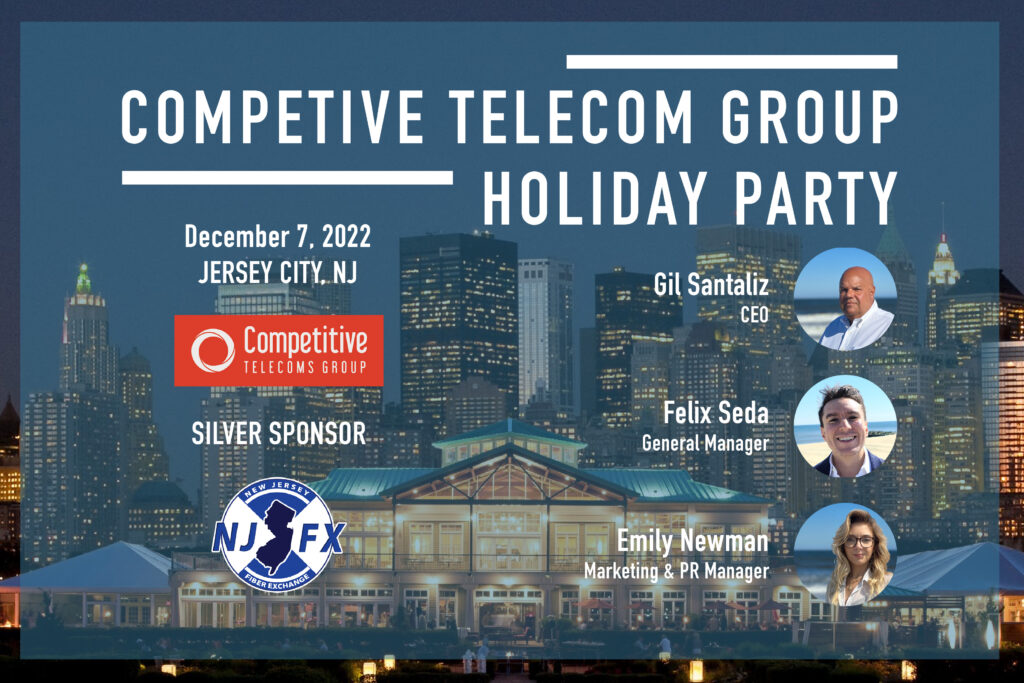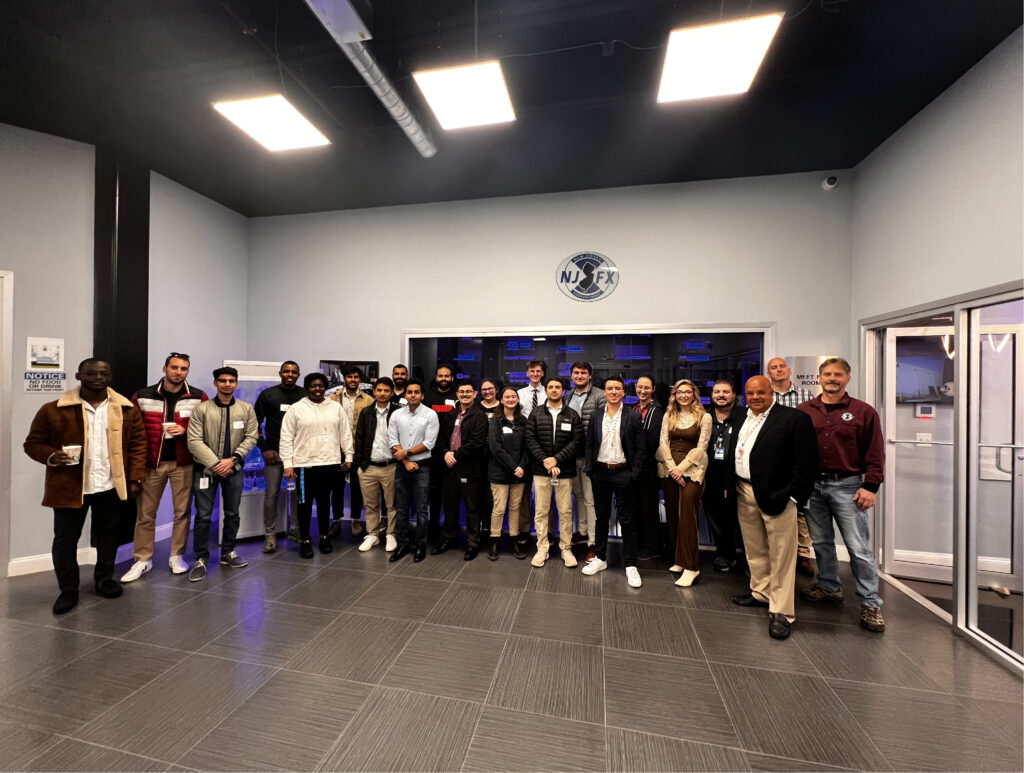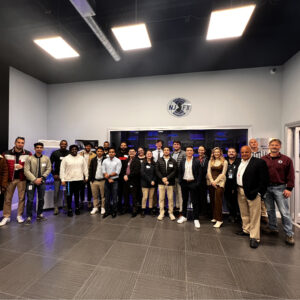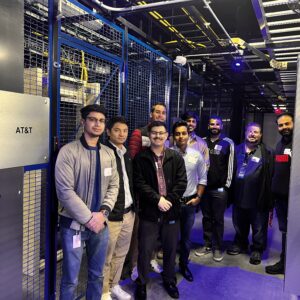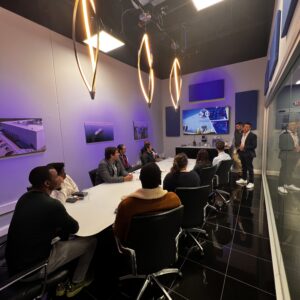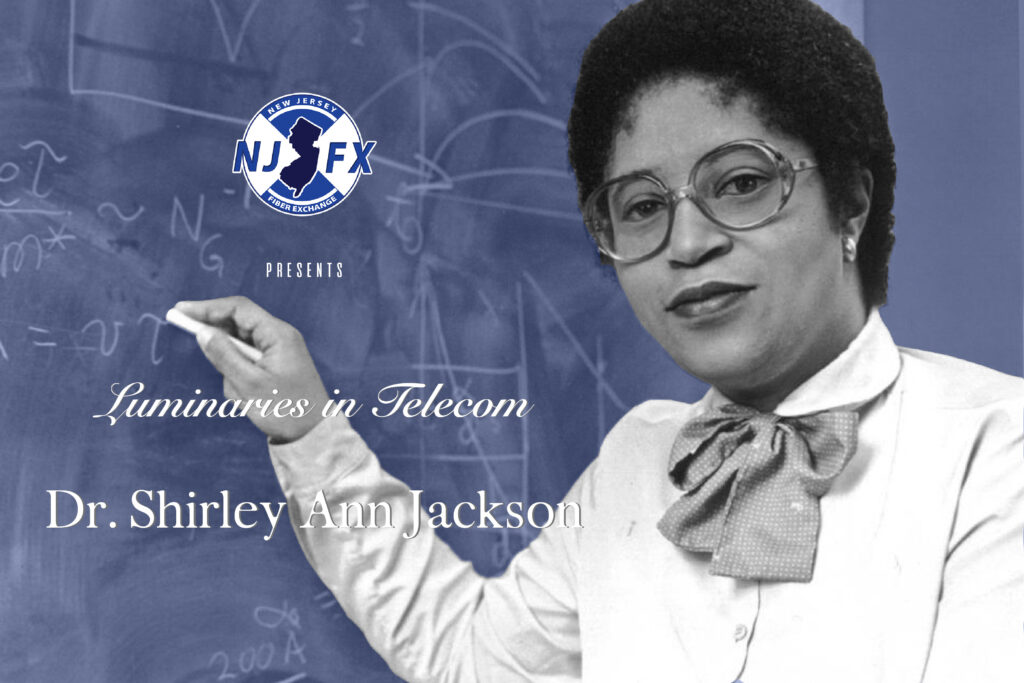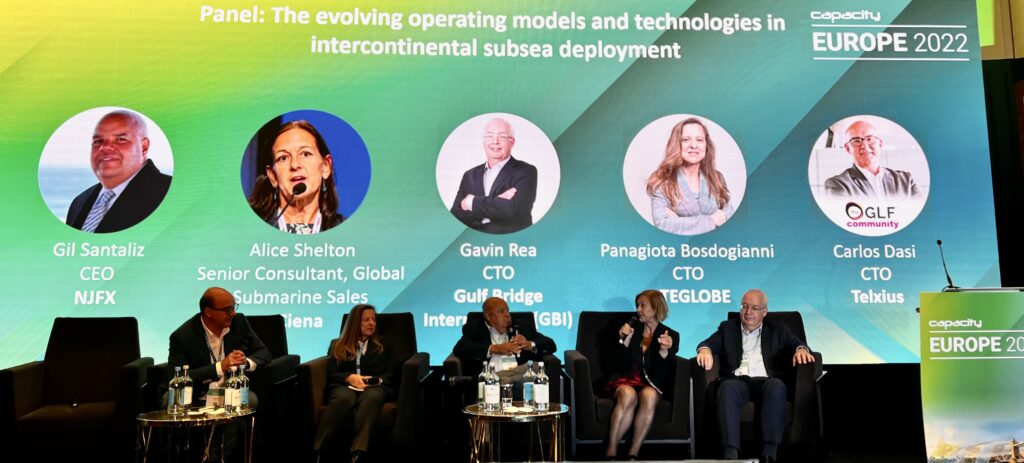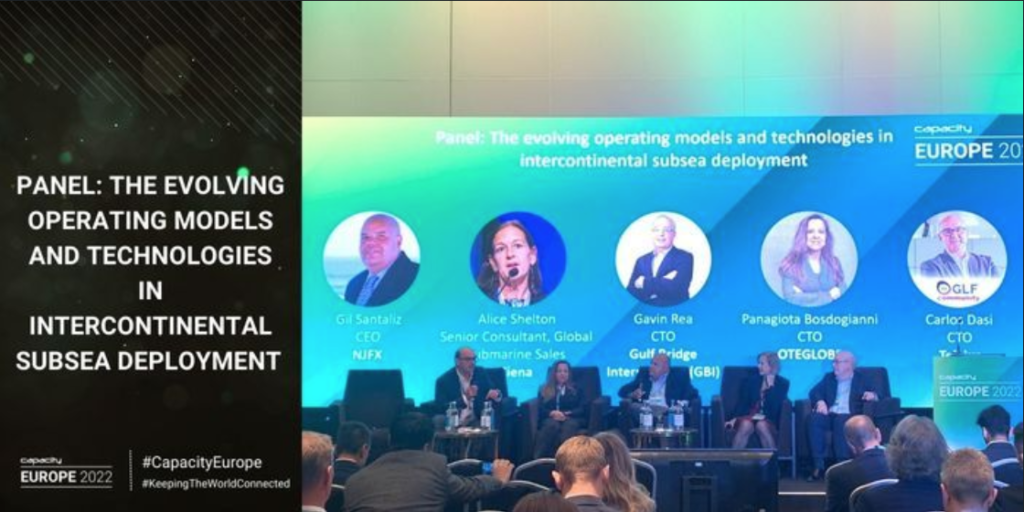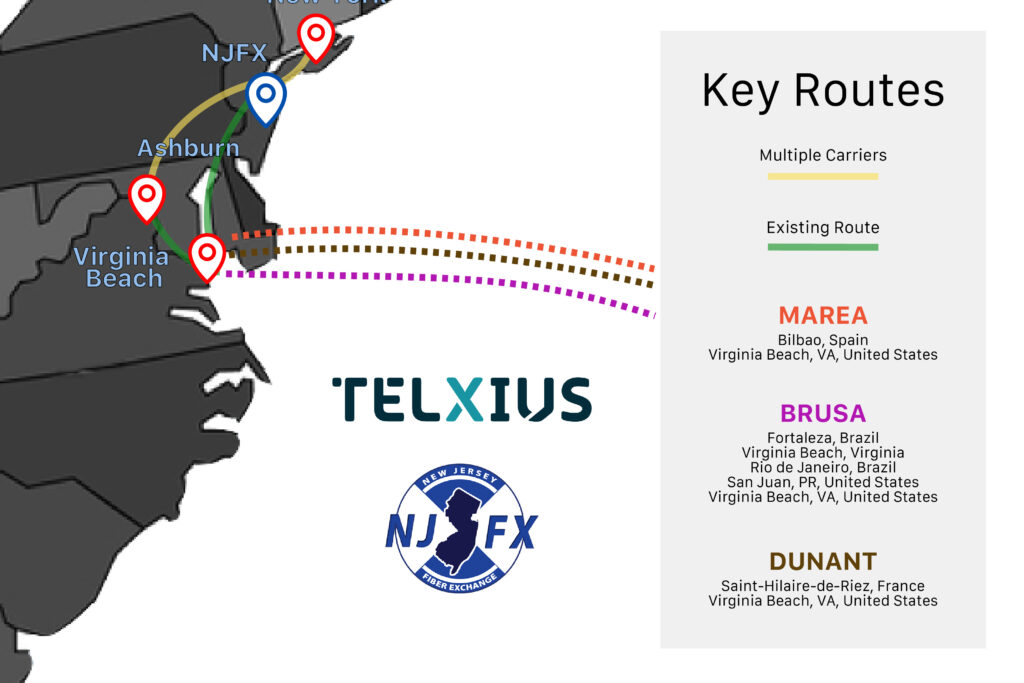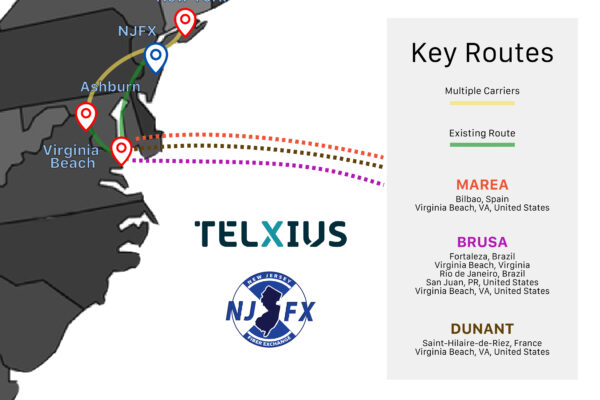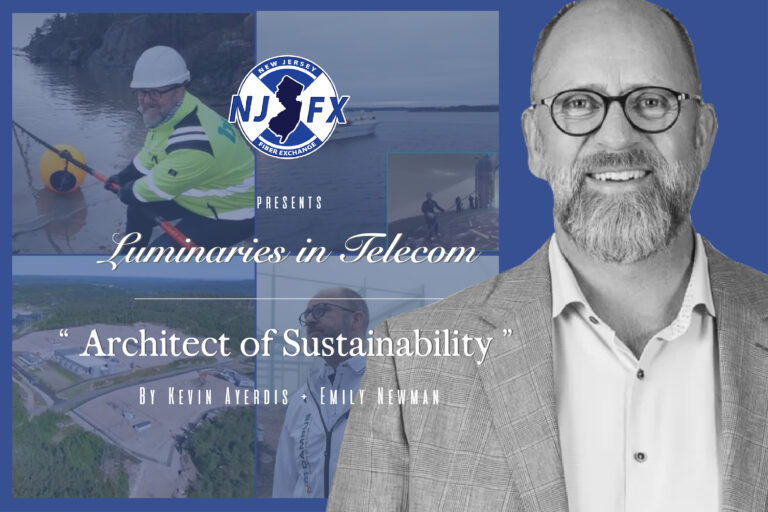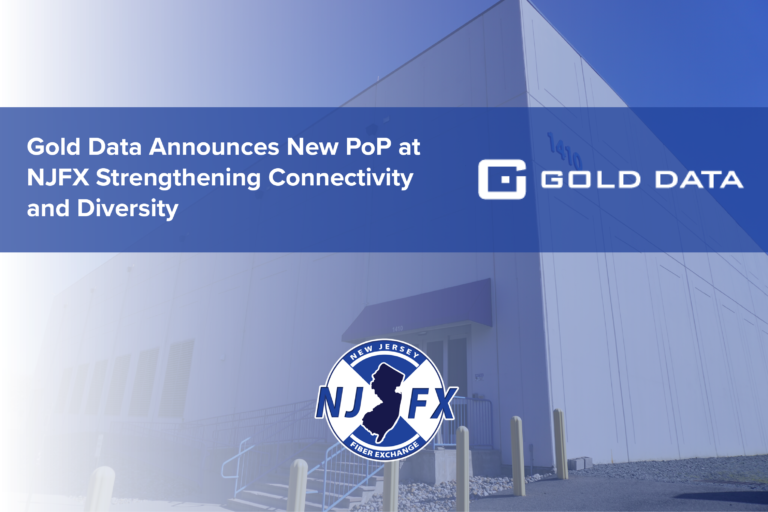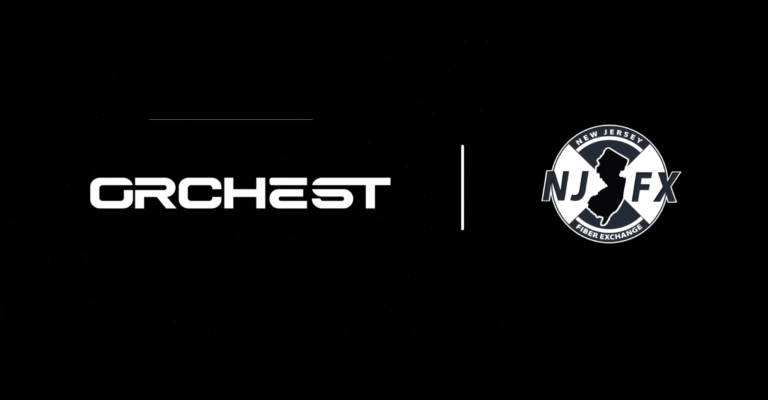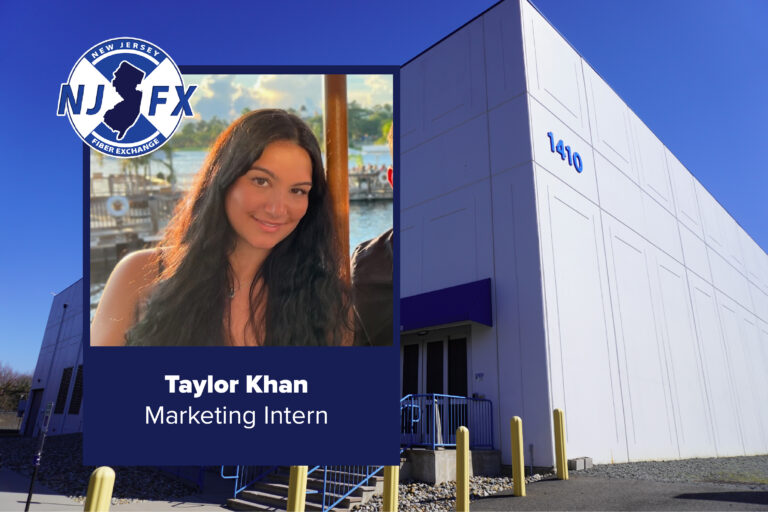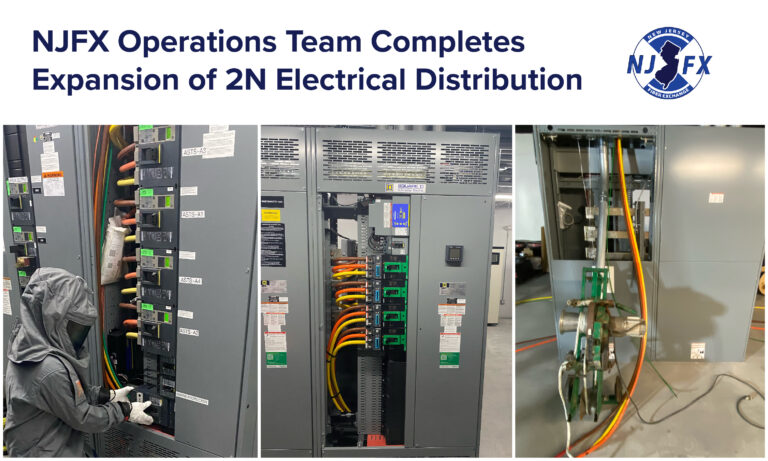The Re-emergence of Conferences in 2023
The Re-emergence of Conferences in 2023
CEO of NJFX, Gil Santaliz, points out the importance of returning to conferences now more than ever
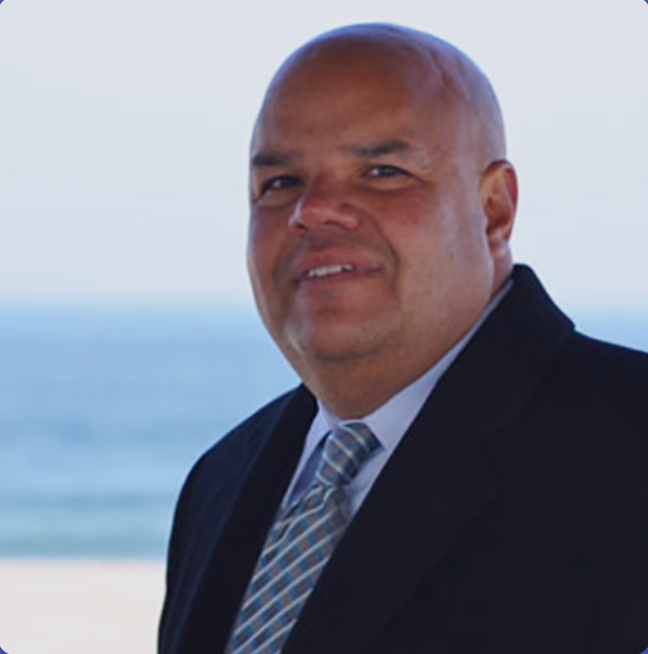
Gil Santaliz
CEO
January 5, 2023
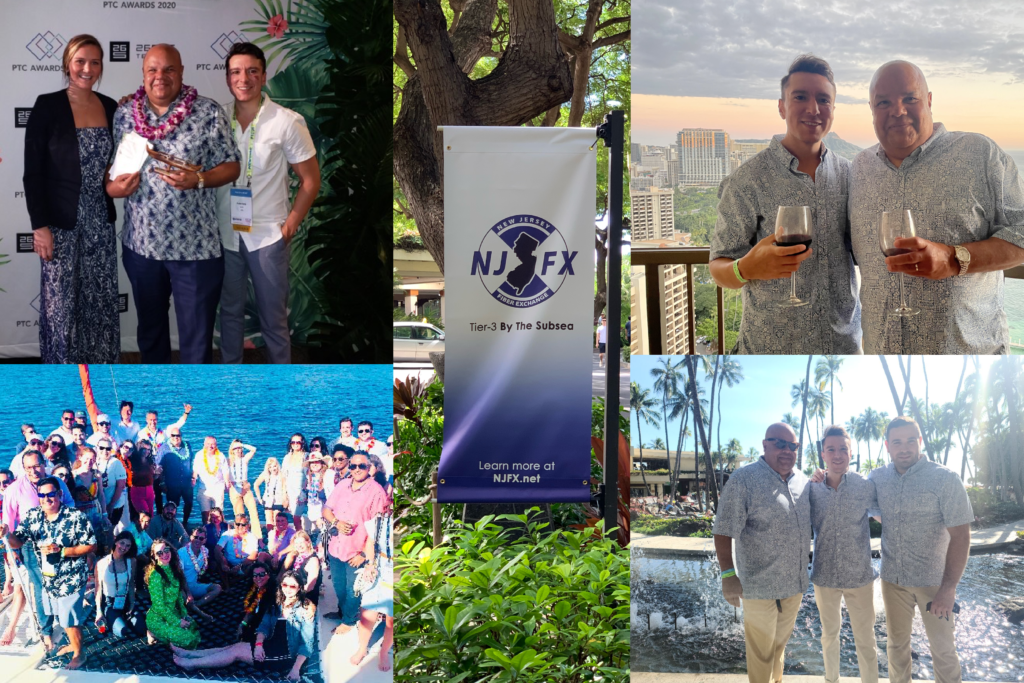
Wall Township, NJ – NJFX will join approximately 1,300 industry attendees – including many of the biggest global names in telecommunications — at the PTC’23 in Hawaii in mid-January. While leaving the chilly Northeast for the tropics is appealing, I’m looking forward to the opportunity to share insights about the latest developments in technology, security, industry regulation, and the dynamics of 40 national telecom markets throughout the U.S., Asia, Australia, and Pacific Islands where billions of people live.
COVID-19 has placed tremendous strains on the public, which has led to the loss of life and controlling the spread of the disease. As an industry, the telecom sector has had to adapt to *increasing* demands as the critical infrastructure for a digital economy.
Global finance naturally allows trillions of dollars to be exchanged every day regardless of geography, but now more than at any point in history, connectivity has extended to people working from home. Telecommunications is as important as it ever has been.
Challenges facing the industry have also become more apparent and will certainly be a priority among the PTC attendees. Cybersecurity, chip shortages, deserved retirements of senior leaders of industry, and the ‘War for Talent’ are weighing on the industry like never before. I’m looking forward to hearing my peers’ thoughts about these challenges.
With more digital assets available than ever and more businesses engaging in transforming themselves to move their business processes to cloud computing networks, online security has emerged as a priority. Ransomware can effectively paralyze a business, forcing discussions in C-suites and among boards about protecting the business as well as customer/employee/stakeholder privacy.
COVID-19 strained supply chains around the world and disrupted semiconductor production. While there are obvious signs of the impact of the shortage of chips, such as empty car lots spanning several months, the impact on telecommunications is less visible. Many of the switches powering communications networks depend on chips and the shortages have left many trying to do more with less. Older chips are carrying signal loads that they were not designed to handle.
The situation is projected to resolve itself in a year, but there will be strains until supplies stabilize.
Tech companies across the technology, media, and telecom segments around the world are facing a major issue – the “War for Talent.” Top Businesses know people to be their “greatest asset.”
Technical and leadership skills are amply rewarded, and talented people can vote with their feet to find fulfillment within their profession.
In telecommunications, it is of the utmost importance to cultivate opportunities for our youngest professionals to facilitate career growth and development as they carry us into the future.
PTC is doing its part on this front. Felix Seda, General Manager at NJFX, has been instrumental in promoting and developing the Young Professional Registration program for those between 21-35 to attend a conference that has traditionally attracted more senior leaders in the industry. The PTC Academy and other outreach initiatives are doing their part to enhance the reputation of the telecommunications industry.
As a judge for the PTC Awards, I’m very proud of the industry’s innovation and its role in breaking down geographic barriers to improve the quality of life as we aim to overcome the challenges of the pandemic.
###
More In the News
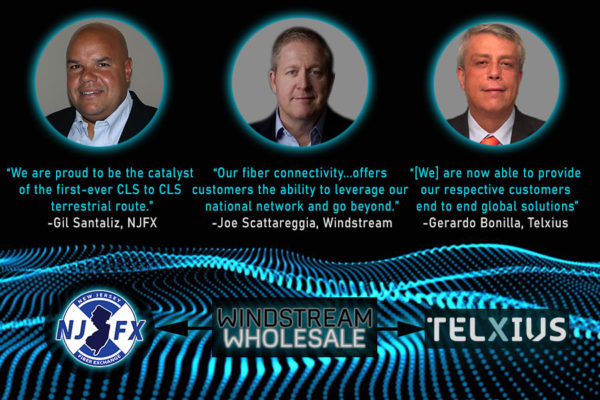
NJFX and Telxius Ecosystems are Booming – Increasing Global Connectivity Options with First-Ever Dual Cable Landing Station Terrestrial Connection
NJFX and Telxius Ecosystems are Booming – Increasing Global Connectivity Options with First-Ever Dual Cable Landing Station Terrestrial Connection Windstream connects Wall NJ to Virginia
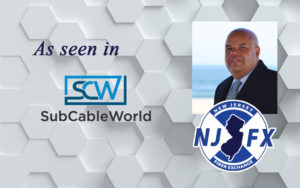
There Is a Greater Good Involved
There Is a Greater Good Involved An interview with Gil Santaliz, CEO of NJFX Gil Santaliz CEO July 19, 2019 WALL TOWNSHIP, NJ – Editor’s

Tapping into the Nordic Region as the Next Frontier in Connectivity
Tapping into the Nordic Region as the Next Frontier in Connectivity NJFX’S VP of Business Development Heads to Subsea EMEA in Marseille with Insight About
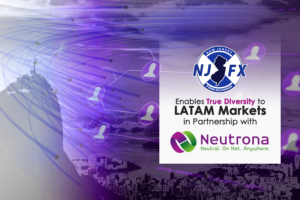
NJFX Enables True Diversity to LATAM Markets in Partnership with Neutrona Networks
NJFX Enables True Diversity to LATAM Markets in Partnership with Neutrona Networks New Point of Presence Bypasses Miami and Offers Direct Route From NJ to
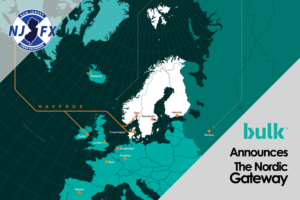
BULK INFRASTRUCTURE ANNOUNCES THE NORDIC GATEWAY
BULK INFRASTRUCTURE ANNOUNCES THE NORDIC GATEWAY An enterprise on-ramp to the fiber network unlocking Nordic sustainable internet and cloud infrastructure See the original Article at Bulk‘s
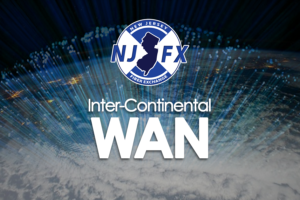
NJFX Announces New Inter-Continental WAN Capabilities at WAN Summit 2019
NJFX Announces New Inter-Continental WAN Capabilities at WAN Summit 2019 global WANs today extend through CLS locations such as NJFX and provide the same operational
The Re-emergence of Conferences in 2023 Read More »

